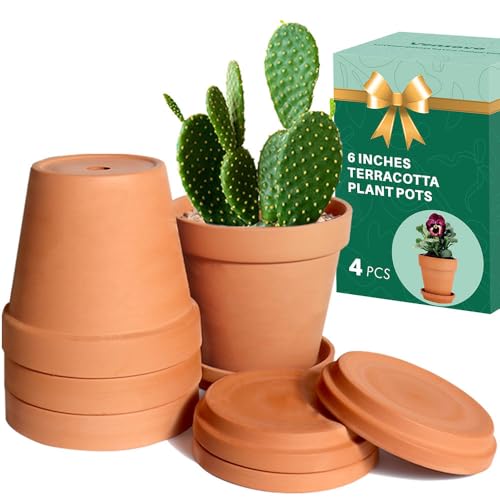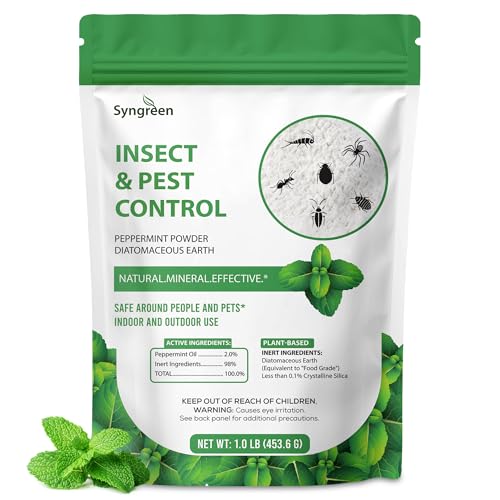If your dahlias are being destroyed by earwigs, this simple, chemical-free hack will keep them away – so you can enjoy perfect flowers all season
Tried-and-tested by professional gardeners, this all-natural trick will save your prized flowers this summer
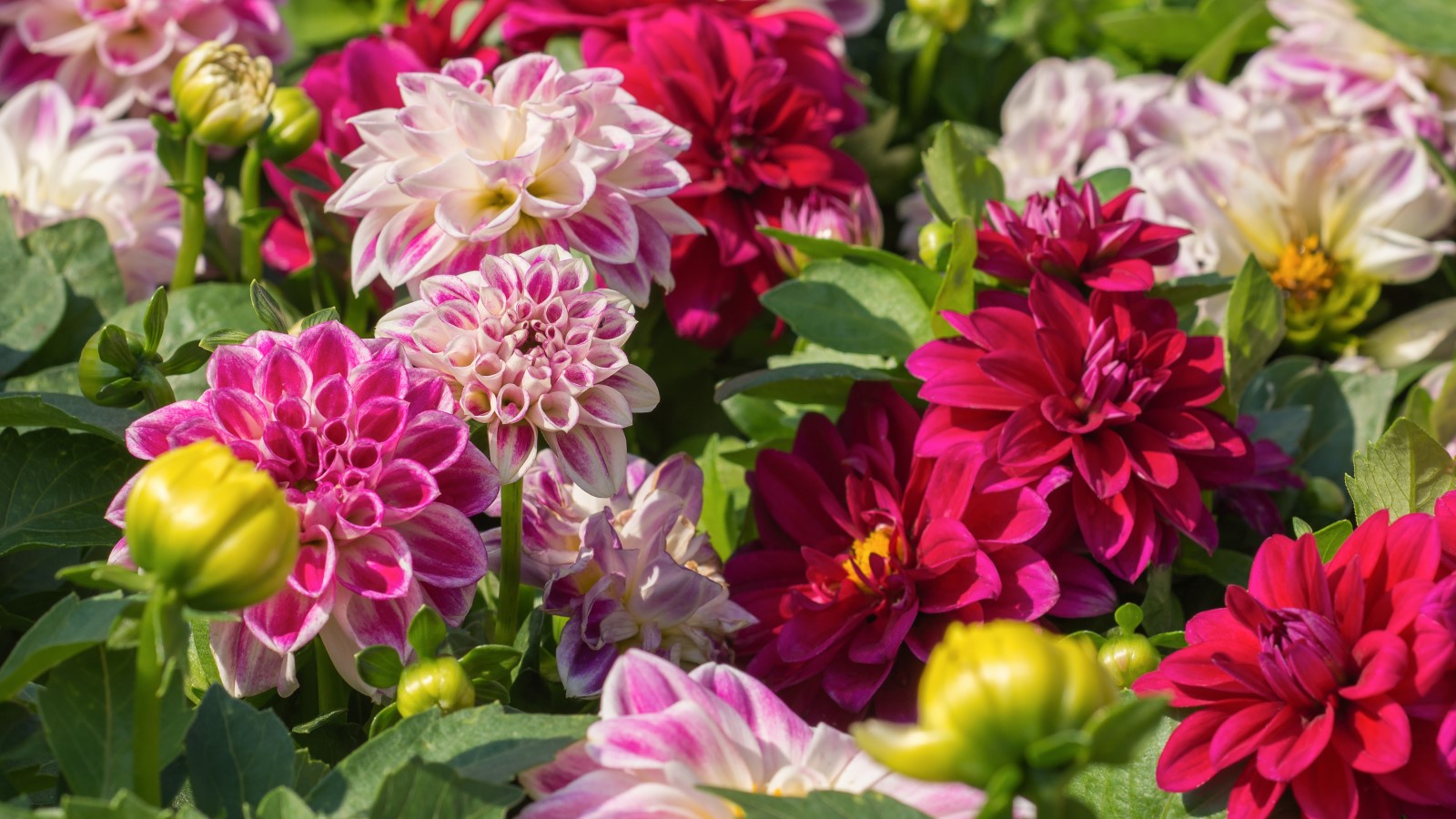

I'm sure you will agree that garden pests can, at times, be maddening. Earwigs are one such pest that have a fancy for dahlias, and while they are not villains (just opportunists looking for sustenance), it can be pretty frustrating when your favorite blooms look more messy and moth-eaten than manicured.
When it comes to knowing how to get rid of earwigs on dahlias, I have a handy hack. Over the years, I’ve tried and tested many natural pest deterrents to control dahlia pests, and this one is up there with the best. Simple, cost-effective, chemical-free, and kind. No killing involved. With just a bit of straw and a well-placed terracotta pot, you can lure earwigs in and rehome them far away from dahlias.
And, the best bit? Earwigs are actually handy little pest controllers themselves, feasting on aphids, blackfly, and various sap-sucking pests you might be suffering from right now. So, before you reach for the chemicals (please don’t), know that there is another way that can limit the damage of dahlia pests this year, and support the wider health of your yard.
How to get rid of earwigs on dahlias
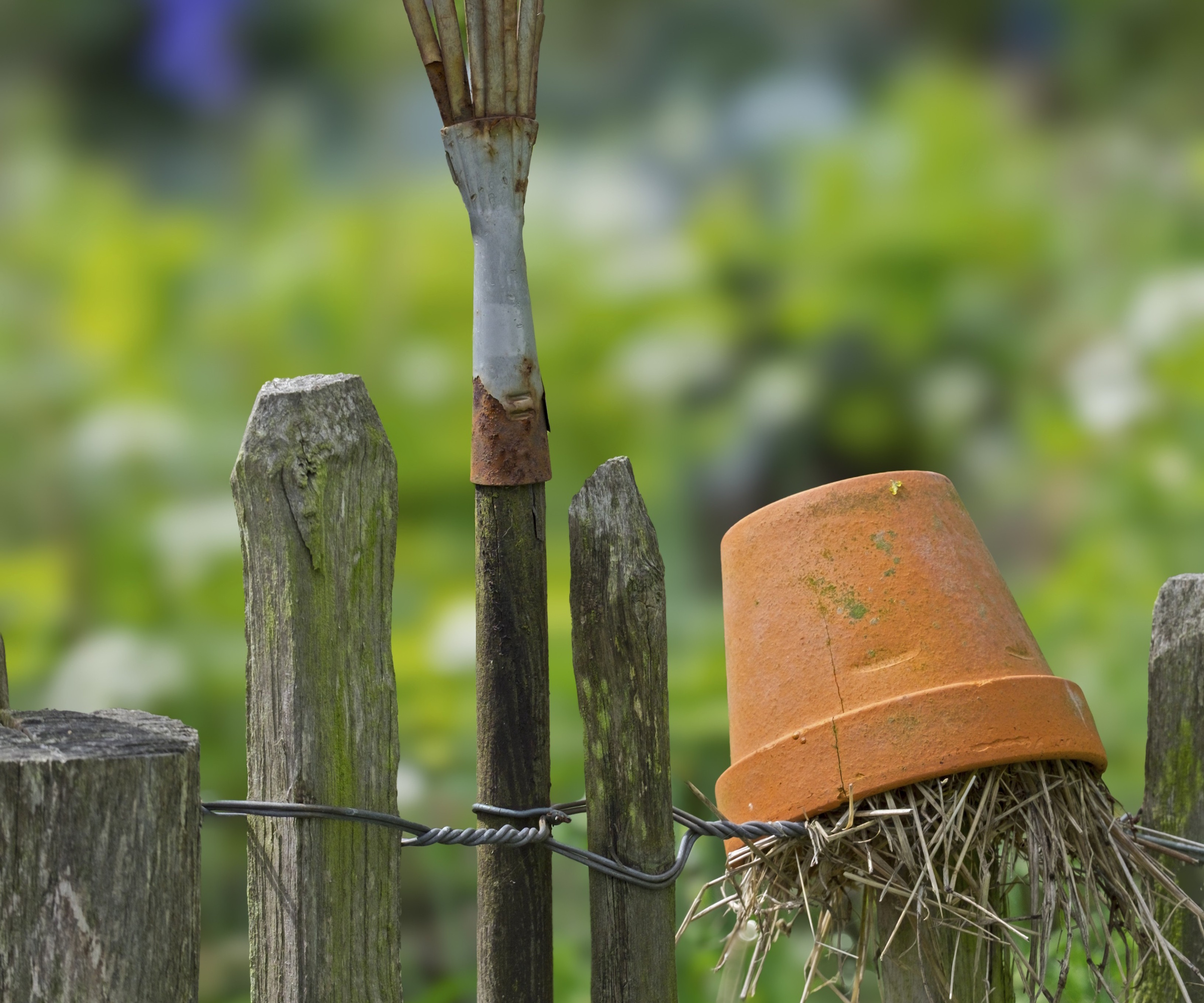
Regardless of where you live or your US hardiness zone, chances are, if you are growing dahlias, you will come across an earwig or two (or maybe hundreds).
Well, you might be wondering how to get rid of earwigs in your yard, and in fact, the best natural pest control methods can sometimes be the simplest, such as this terracotta pot dahlia earwig hack.
Grab a small terracotta pot (available online via Walmart), fill it with dry straw, hay, or even shredded newspaper, and place it upside down on top of a hazel post or bamboo cane, as you can see in the image above. Next, position the little pot in the middle of your dahlias.
These little critters are nocturnal, meaning they will hide when the sun is up, and do their feasting in the midnight hours. But, the hope is that they’ll climb up into your makeshift pot hotel, where they will be easy to spot.
Design expertise in your inbox – from inspiring decorating ideas and beautiful celebrity homes to practical gardening advice and shopping round-ups.
Then, in the morning, you simply lift the pot, relocate its inhabitants elsewhere in the backyard, say, a compost pile or wild patch towards the rear of your garden.
If you are a little spooked by insects, wear these heavy-duty, highly rated gardening gloves, available from Amazon.
You will be surprised how quickly this hack can make a difference when you are on a mission to get rid of earwigs on dahlias.
Why are earwigs good for the garden?
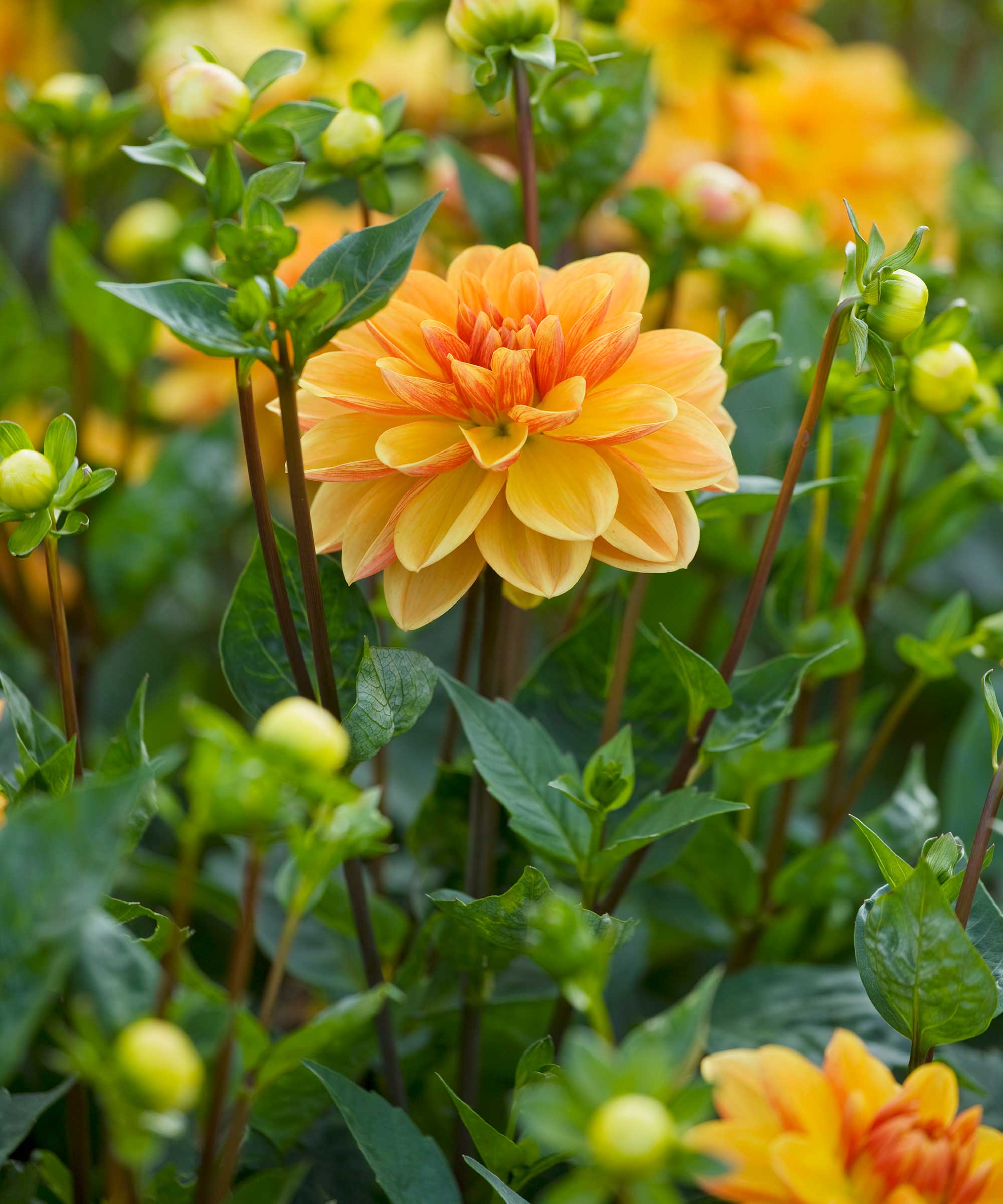
Earwigs are not your enemies. In fact, they’re quite handy to have around and are a vital part of a biodiverse ecosystem.
Earwigs are omnivores, meaning they consume both plant and animal matter. So, while they will feast on all types of dahlias (with delicious, succulent petals), they also have a voracious appetite for aphids, scale insects, and other sap-sucking bugs.
So, if you are wondering how to get rid of aphids in your rose garden right now, instead of spraying them with chemicals, try a low-intervention method by rehoming resident earwigs, who will be more than happy to help out.
One final tip to note when discussing dahlia pests is to avoid mulching right up to the base of your flowers. This cool, dark environment is prime earwig territory, where they can easily hide during the night. So, it is best to leave a few inches between the mulch and the base of your blooms.
For more information, see our guide on how to get rid of earwigs in your home.
Shop earwig control essentials

Thomas is a Content Editor within the Gardens Team at Homes and Gardens. He has worked as a professional gardener for both public spaces and private estates, specializing in productive gardening, growing food and flowers. Trained in Horticulture at the Garden Museum, he has written on gardening and garden history for various publications, including The English Garden, Gardens Illustrated, Hortus, The London Gardener and Bloom. He has co-authored a Lonely Planet travel book, The Tree Atlas, due out in 2024.
You must confirm your public display name before commenting
Please logout and then login again, you will then be prompted to enter your display name.
